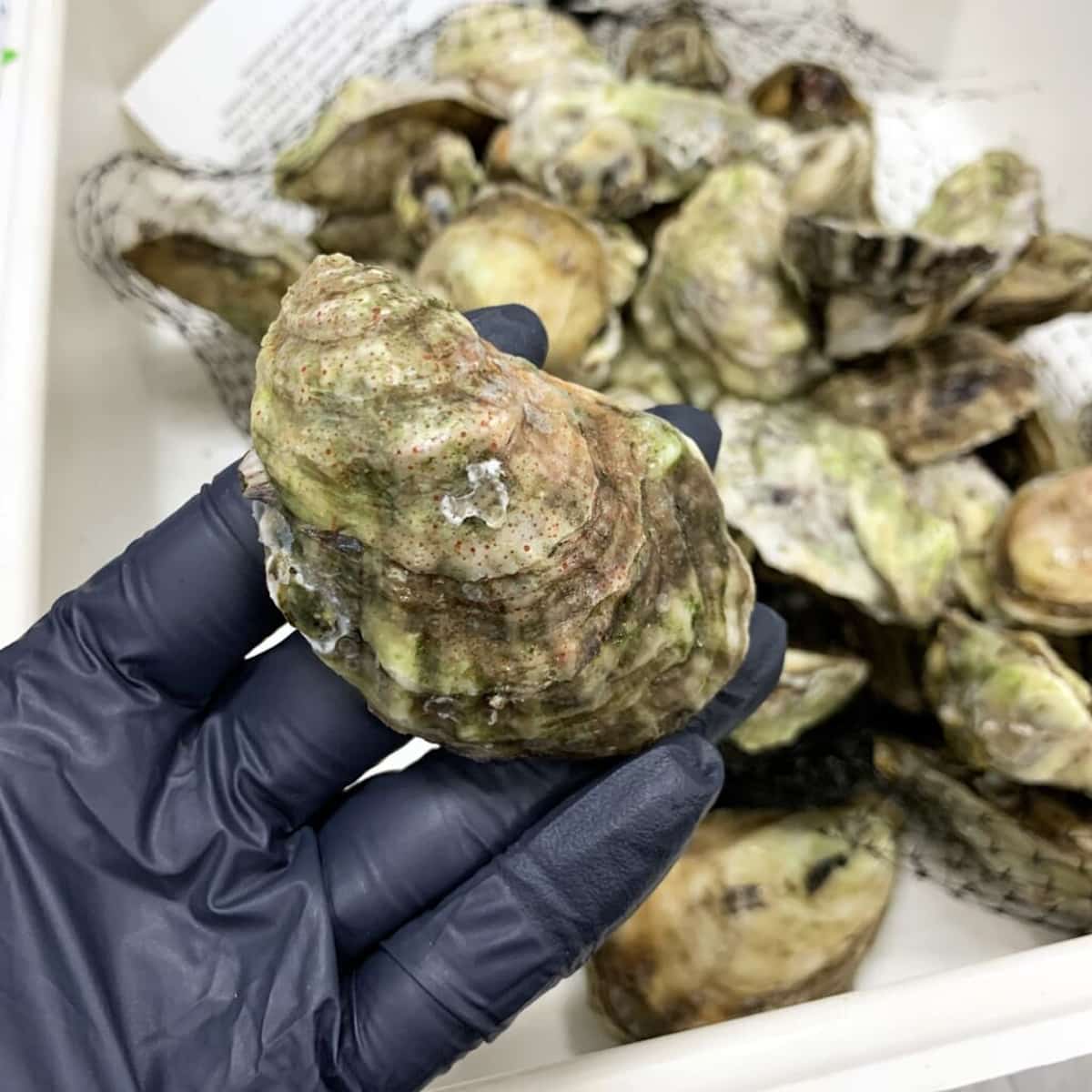‘Forever Chemicals’ Found Contaminating 100% of Florida Oysters Tested

 Why you can trust us
Why you can trust us
Founded in 2005 as an Ohio-based environmental newspaper, EcoWatch is a digital platform dedicated to publishing quality, science-based content on environmental issues, causes, and solutions.
Oysters — bivalve molluscs that have been around for about 15 millions years — are beneficial for the environment in a variety of ways, including as a natural water filter. An adult oyster is able to filter as much as 50 gallons of water per day, or about as much as a ten-minute shower.
However, these shell-bearing marine animals have recently been found to be contaminated with perfluoroalkyl and polyfluoroalkyl substances (PFAS) and phthalate esters (PAEs), toxic chemicals that present serious risks to the health of humans and wildlife.
Scientists from the Florida International University (FIU) Institute of Environment found that, out of the 156 oysters they sampled from Biscayne Bay, Tampa Bay and Marco Island, Florida, 100 percent of them were contaminated with PFAS and PAEs.
The findings, “American oysters as bioindicators of emerging organic contaminants in Florida, United States,” were recently published in the journal Science of the Total Environment.
“I wanted to look into what we’re eating and if it might be contaminating us,” said lead author of the study and an FIU distinguished postdoctoral scholar Leila Lemos in a FIU press release. “These findings are definitely a red flag, especially for areas like Biscayne Bay.”
Because oysters are filter-feeders, they can be a good indicator of the contamination levels of a particular ecosystem and whether that ecosystem is generally healthy.
Though they were some of the smallest oysters sampled in the study, Biscayne Bay oysters were the most contaminated, which surprised Lemos. The older the oyster, the longer it has had to accumulate toxins like PFAS and PAEs. The oysters from Tampa Bay didn’t have close to as many of the contaminants as the Biscayne Bay oysters, even though they were much larger.
“Biscayne Bay could be so contaminated, the oysters are bombarded with such high concentrations they accumulate contaminants more quickly,” Lemos said, as The Hill reported.
Lemos said the growth of the oysters in Biscayne Bay was likely stunted by the contaminants, the press release said. The scientists found a strong connection between PFAS levels in the water and the weight and thickness of an oyster’s shell, with the highest levels of the toxins leading to the thinnest oyster shells.
The thousands of PFAS are mostly used in consumer and industrial products like fast food packaging, waterproof makeup, non-stick cookware, clothing, firefighting foam and other goods. PFAS build up in the air, water and soil and have been detected in human blood. They can cause kidney and liver damage and interfere with the functioning of the immune system, reproduction, human development and vaccine efficacy.
PAEs are also frequently used in consumer goods like cosmetics, pharmaceuticals, food packaging and detergents. People and animals can be exposed to the chemicals by ingesting or inhaling them, as well as by coming into contact with contaminated dirt or soil. A link between exposure to PAEs and obesity, diabetes, allergies and asthma has been found in studies. PAEs have also been found to affect immune system function and reproductive health.
The researchers found that the health risk to humans of consuming oysters was low, though current analyses don’t examine most compounds, just four PFAS and four PAEs. The study also didn’t examine the possible dangers of consuming other marine creatures who may share the same highly-contaminated waters.
Last month, the U.S. Environmental Protection Agency cautioned that PFAS are more hazardous than previously believed, even at levels that are undetectable.
“The biggest dream is that the government can see these results and create new ways to clean our water and protect our environment,” said Lemos in the press release.
Subscribe to get exclusive updates in our daily newsletter!
By signing up, you agree to the Terms of Use and Privacy Policy & to receive electronic communications from EcoWatch Media Group, which may include marketing promotions, advertisements and sponsored content.

 233k
233k  41k
41k  Subscribe
Subscribe 




